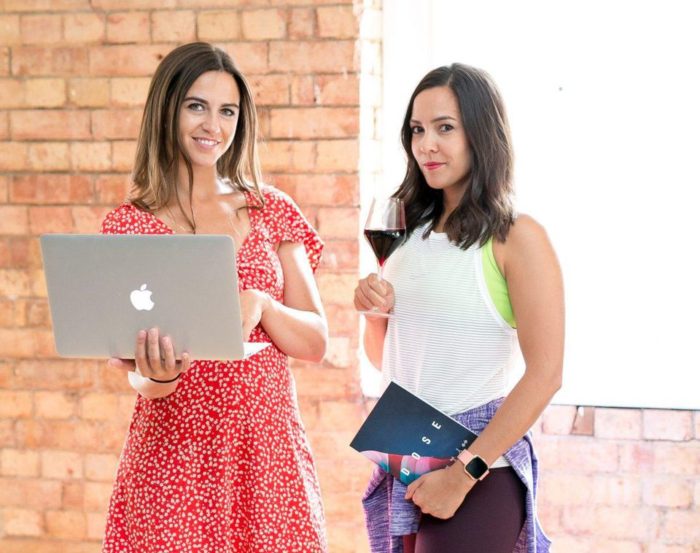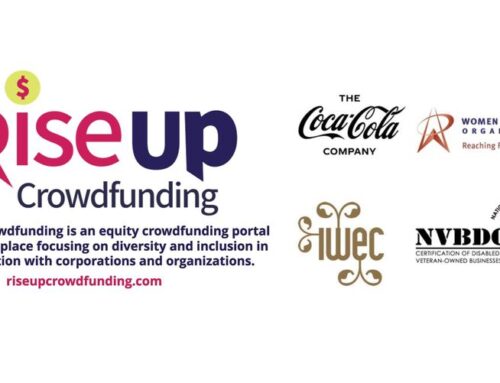Increasingly women are turning to entrepreneurship to combat the growing demands, pressures, and stress of a traditional career.
Women (more so than men) are making this choice primarily to create more work-life balance.
by Contributor for Forbes, UK
Photo: Co-founders of an online wellness magazine, Shara Tochia, and Hettie Holmes, bonded over their mutual desire to take what they’d learned in the startup world into their own company. PHOTO BY DOSE.
Increasingly women are turning to entrepreneurship to combat the growing demands, pressures, and stress of a traditional career.
According to the independent Rose Review of female entrepreneurship commissioned by the U.K. Treasury in September 2018, women (more so than men) are making this choice primarily to create more work-life balance.
Despite being the “startup capital of Europe” the U.K. falls behind other major developed economies when it comes to female entrepreneurship. Only 6% of U.K. women run their own businesses, compared to 11% of women in the U.S. and over 9% in Australia and the Netherlands.
The Rose Review also suggested that “up to £250 billion of new value could be added to the U.K. economy if women started and scaled new businesses at the same rate as U.K. men.”
And there are many other reports, not just in the U.K., that argue for the macroeconomic returns of more women running their own businesses to create a better work-life balance.
Few, however, focus on the micro benefits and challenges – considering the individual that is choosing to take that leap from career job to founder. Nor do they focus specifically on that very early stage, within those first three years.
DOSE co-founders, Shara Tochia and Hettie Holmes, say they understand the desire to work for yourself that spurs so many people to start their entrepreneurial journey, despite the challenges that may come with it.
DOSE is an online wellness magazine targeted at “healthy hedonists“, promoting feel-good content and experiences. They’ve grown their audience to 100,000 in three years, choosing to build organically and not seek funding.


